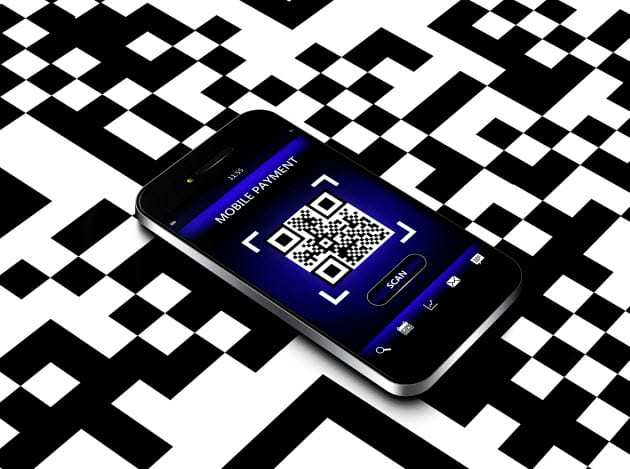Residents of this Michigan city will be able to scan quick response codes to learn about permits and more.
In response to the interest residents of Sterling, Michigan have shown in obtaining information more quickly and easily, the municipality will be implementing QR codes to boost accessibility through the use of smartphones.
The intention to use the quick response codes was announced at a recent city presentation at the end of last year.
Denice Gerstenberg, the City Development Director, attended the Sterling Heights City Council meeting in which city officials placed a focus on improving the strength of the relationship with the taxpayers through several strategies including enhancing customer service. Among the main methods being in order to achieve this goal was the implementation of technology based efforts, said Gerstenberg.
She pointed out that her department is responsible for handling building, planning, code enforcement, facilities maintenance and engineering. She stated that over the last year or so, the city has been improving its focus on making its guidelines more understandable and accessible to the local public. Now, through the use of QR codes, the hope is that a quick scan with a smartphone will provide locals with the information they want and need in a rapid and convenient way.
These QR codes will provide a rapid link to online how-to guides on a broad range of important subjects.
 Residents will be able to scan the QRcodes to access guides on topics ranging from installing sheds, garages, decks and pools to putting down concrete. The first draft for the project was created by trade inspectors, but the how-to directions were then edited in order to word them in common language that the average non-expert would be able to understand and use. Moreover, each document has also been laid out in formats that will be convenient and practical, such as the checklist that was designed for the guide to pools and hot tubs.
Residents will be able to scan the QRcodes to access guides on topics ranging from installing sheds, garages, decks and pools to putting down concrete. The first draft for the project was created by trade inspectors, but the how-to directions were then edited in order to word them in common language that the average non-expert would be able to understand and use. Moreover, each document has also been laid out in formats that will be convenient and practical, such as the checklist that was designed for the guide to pools and hot tubs.
Gerstenberg sad that ever since the initial implementation of this strategy in the spring of 2015, residents and inspectors, alike have been providing a very positive response. Now, all the information available on the website will be even easier to access by smartphone users who scan the QR codes.
